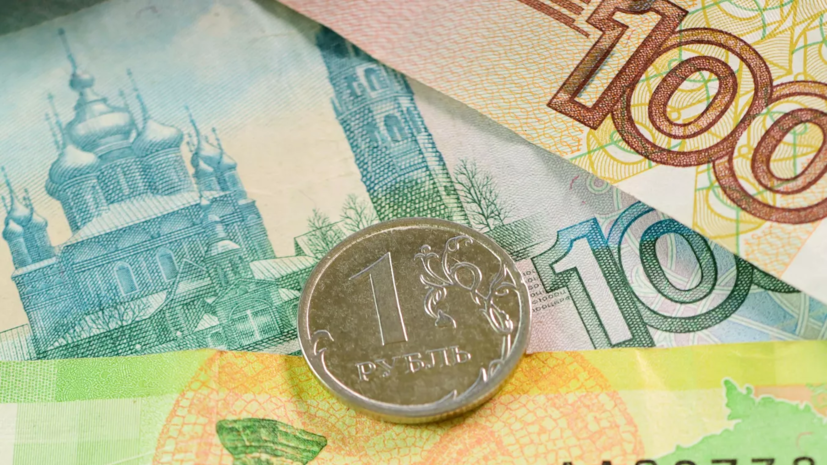According to Vladislav Antonov, a financial analyst at BitRiver,
there are several factors that have contributed to the growth of the ruble in the past few days.
"Last week, the inflow of foreign exchange earnings from exporters resumed again, oil prices rose, and the Russian Ministry of Finance began to sell foreign currency within the framework of the budget rule for the first time since August last year," the expert explained.
According to his forecast, if market sentiment does not change in the near future, then it is likely to see an increase in the ruble against the dollar to 86 rubles, the euro to 94 rubles, and the yuan to 12 rubles.
"If the trading day closes above 87.65 rubles per dollar, then, most likely, an upward correction for the dollar will begin from it. After all, the dollar is rising in price and puts pressure on the ruble," the RT interlocutor concluded.
In turn, Valery Tumin, Director of the Russian and CIS markets at fam Properties, said thatthe beginning of the year is traditionally a low season, the demand for foreign currency among tourists and businesses drops noticeably after the end of the New Year holidays.
"At the same time, exporters are actively selling foreign exchange earnings. Thus, the difference between supply and demand is growing. Add to this the aggravation of the conflict in the Middle East, which pushes up oil prices, and we get a total of excellent conditions for the strengthening of the ruble. Now they ask for 87.96 rubles for the dollar, 96.33 rubles for the euro and 12.5 rubles for the yuan. I believe that in the coming week, the trend for the strengthening of our national currency will continue, and we may see quotes in the range of about 86 rubles per dollar, about 95 rubles per euro and 12.3-12.5 rubles per yuan," the analyst explained.
Earlier it was reported that the euro exchange rate during trading on the Moscow Exchange fell to 96 rubles for the first time since November last year.

